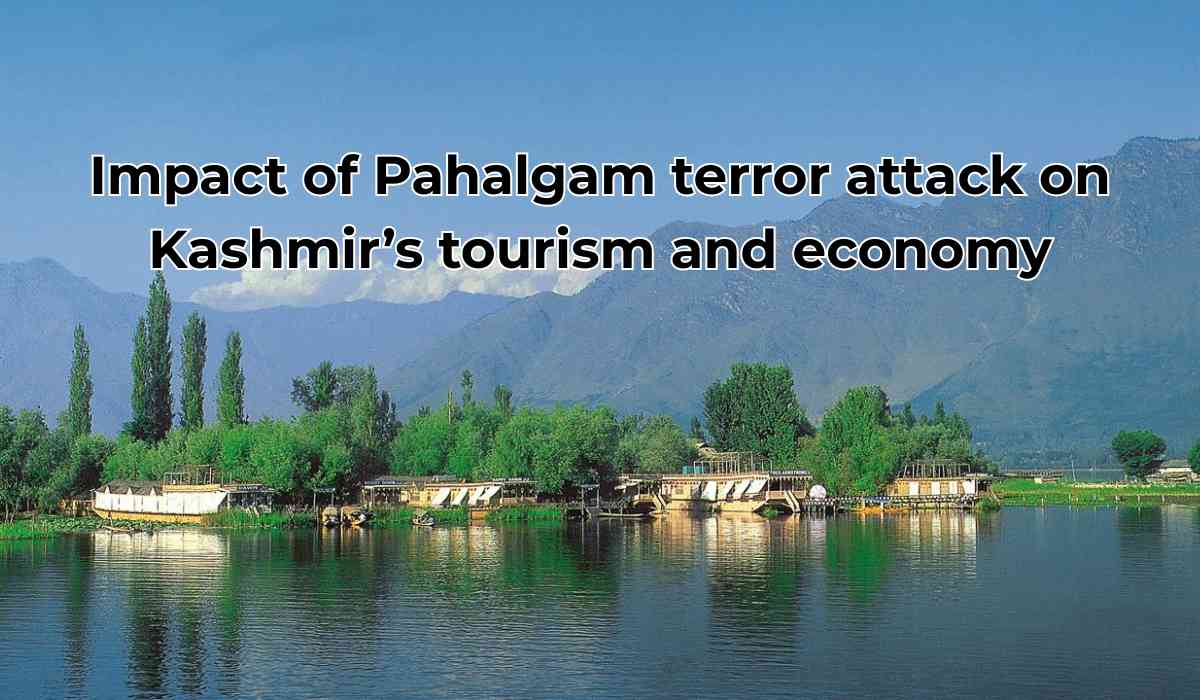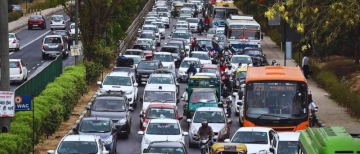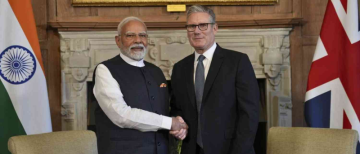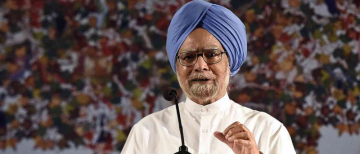On April 22, 2025, a serene spring afternoon in Baisaran, Pahalgam turned into a scene of unimaginable horror. In a barbaric terror attack, 26 innocent tourists were gunned down in cold blood. The massacre did not just end lives, it shook the very foundation of Jammu and Kashmir's resurgent tourism economy and unsettled the region's fragile peace. The attack’s ramifications stretch far beyond immediate casualties, touching every aspect of Kashmir’s economy, from tourism to agriculture, manufacturing, public sector employment and deepening the psychological scars of a conflict-weary region.
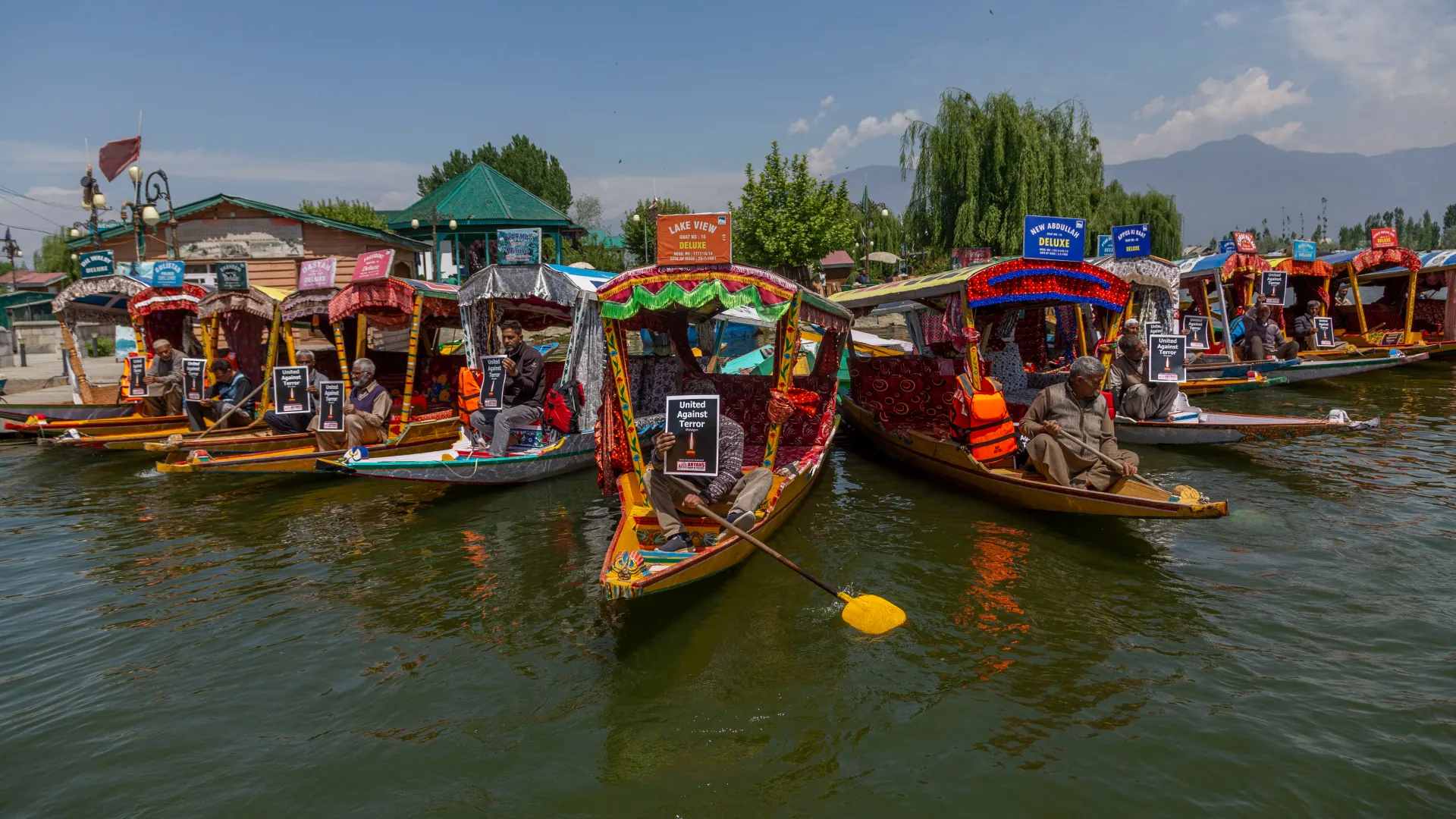
A Targeted Assault on Tourism
In the days leading up to the attack, intelligence agencies had flagged potential threats to tourists in the outskirts of Srinagar, especially in areas near the Zabarwan range such as Dachigam and Nishat. These alerts followed an earlier terrorist strike in Gangangir, Sonamarg in October 2024 that killed seven, including a doctor. Despite a two-week combing operation around Srinagar which concluded on April 22 — the very day of the attack — the perpetrators managed to evade detection and execute their plan in Pahalgam.
According to officials, two local terrorists had infiltrated tourist groups in Baisaran and began shooting, herding the tourists into a food court complex. There, they were met by two Pakistani terrorists who opened fire, killing 26 people in a premeditated and coordinated act of terror.
Sources indicate the attack may have been timed to overshadow Prime Minister Narendra Modi’s now-postponed visit to inaugurate the Katra-Srinagar railway link. This project, strongly opposed by Pakistan-backed elements, symbolizes deeper integration of Kashmir with the Indian mainland. The attack may have been intended to sabotage this symbolic milestone.
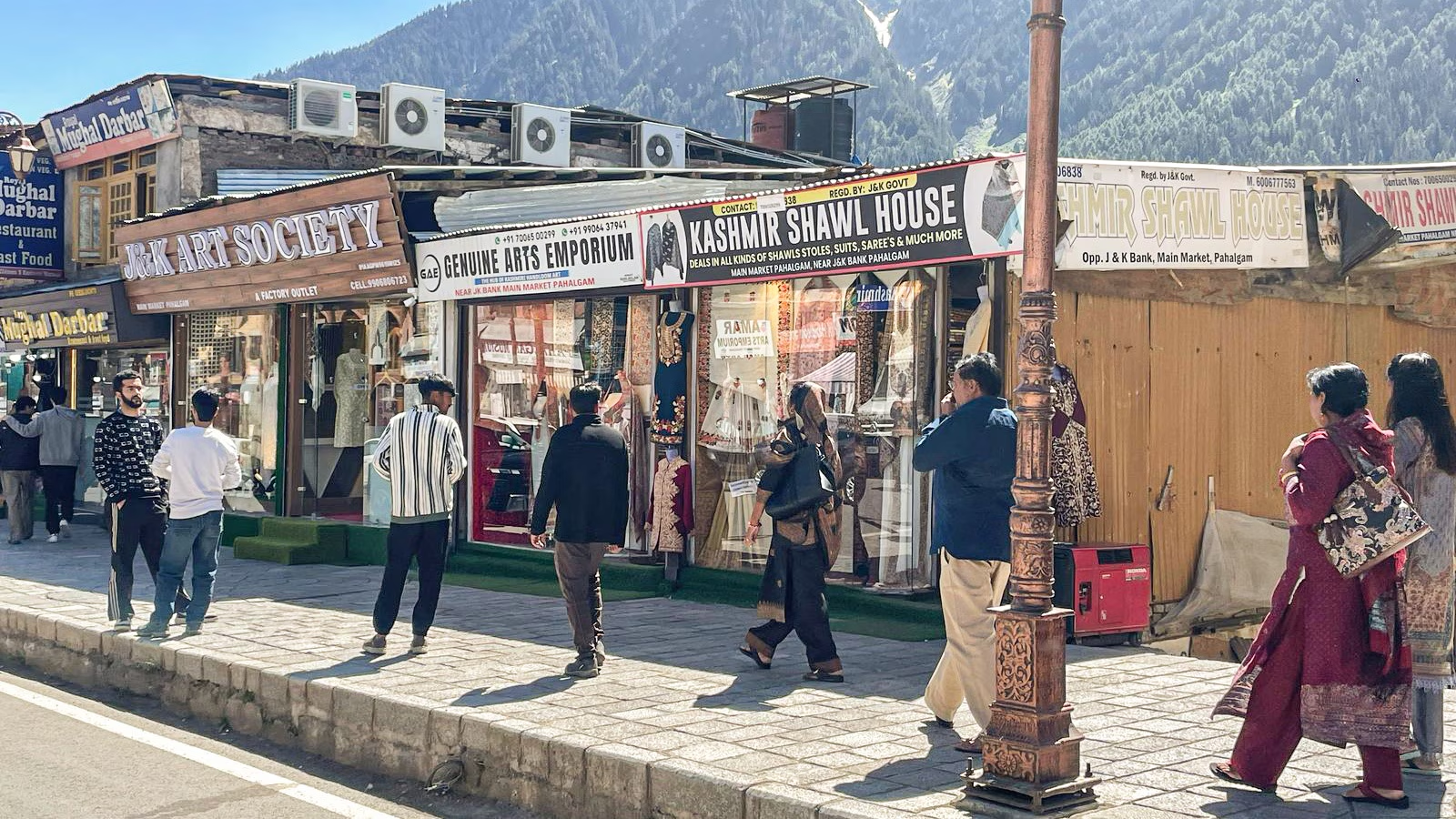
Economic Aftershocks: An Industry in Freefall
Kashmir has long been a coveted tourist destination, drawing visitors with its breathtaking landscapes, cultural heritage, and tranquil atmosphere. Over recent years, the region had shown promising signs of recovery, particularly after the turbulence surrounding the abrogation of Article 370 in 2019. In 2024, tourist arrivals had reached an all-time high, with 2.36 crore visitors flocking to the Valley, including 65,000 foreign tourists. Early 2025 had started on a positive note as in the first three months of 2025 alone, about 5 lakh tourists had already arrived.
However, the terror attack in Pahalgam has had an immediate and devastating impact. Tourists, once eager to visit the picturesque valley, are now canceling their bookings in droves. According to reports, at least 13 lakh advance bookings scheduled for the summer season, particularly in August, were canceled. The Jammu and Kashmir Hotels and Restaurants Association, representing around 240 hotels, noted that nearly 90% of tourists were expected to cancel their plans due to safety concerns. Even Delhi-based travel agencies reported up to 90% cancellations following the incident. This wave of cancellations has rippled through every corner of Kashmir’s tourism sector, from hotels and houseboats to shikara operators and taxi drivers.
Immediate Fallout:
-
Tulip Garden in Srinagar, which attracted 8.5 lakh visitors in just 26 days before the attack, witnessed a sharp decline in footfall.
-
Shikara operators on Dal Lake, who typically earn Rs 1,000-1,200 per ride, reported zero business.
-
Ponies, taxis, houseboats, and handicraft sellers all saw their livelihoods vanish overnight.
As one anonymous tour operator remarked, “They did not just kill people. They snatched our livelihoods that started picking up in the last few years.”
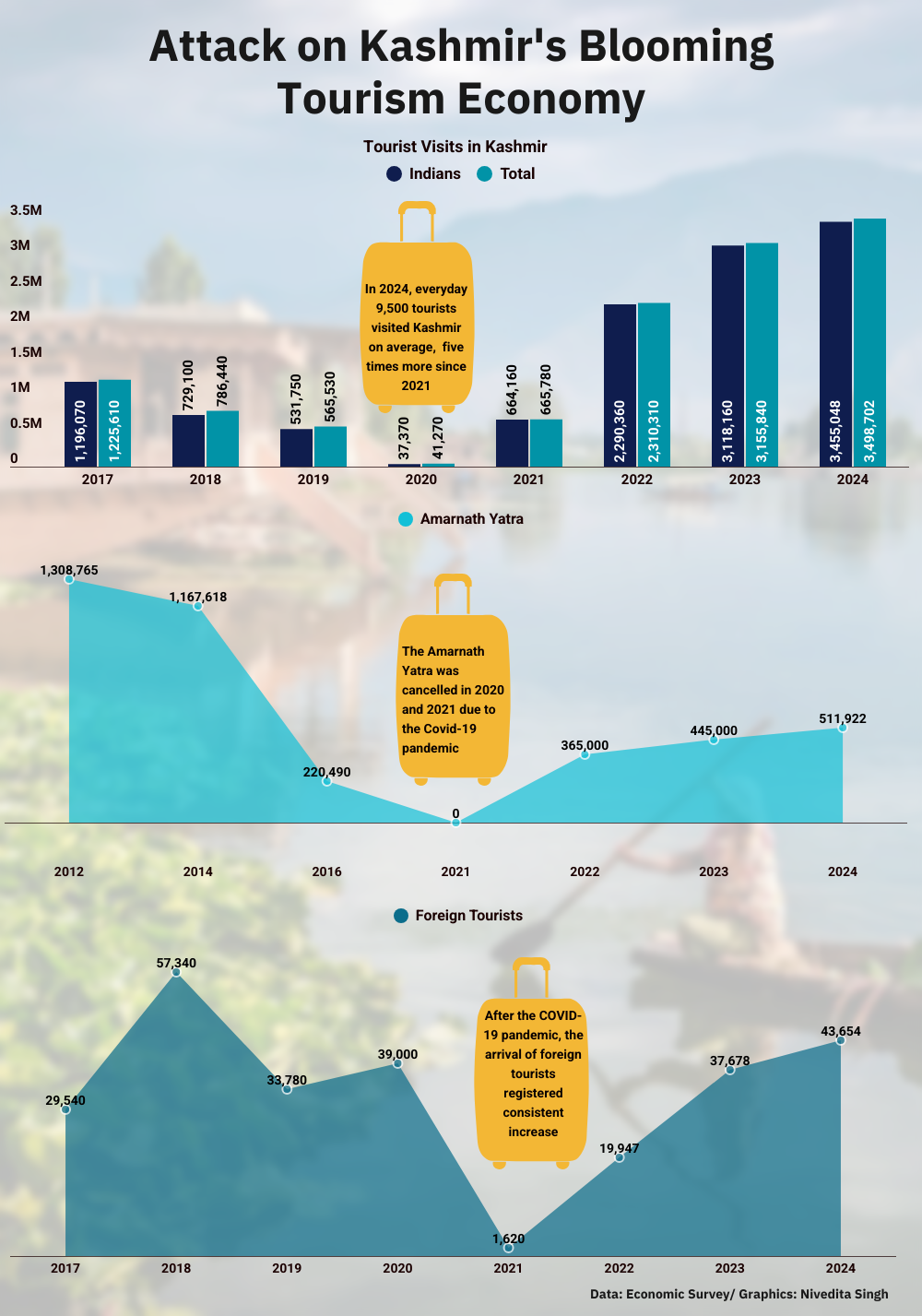
The Multiplier Effect of Tourism
While tourism's direct contribution to J&K's Gross State Domestic Product (GSDP) is modest, its indirect influence is massive. The multiplier effect of tourism—how money spent by tourists circulates through the local economy—amplifies its impact. The hotel industry alone generates Rs 2,700 crore annually, but its ripple effect extends to agriculture, handicrafts, transport services, and even small businesses. These sectors, although indirectly related to tourism, depend heavily on it. With the anticipated drop in tourist arrivals, these businesses will face severe losses.
Economists estimate that when applying India's tourism multiplier of 3.11, tourism indirectly contributes about Rs 8,400 crore to the region’s economy, despite tourism accounting for just 3.17% of Jammu and Kashmir’s Gross State Domestic Product (GSDP) of Rs 2.65 lakh crore. The attack, therefore, represents more than just a loss in tourist revenue—it threatens to destabilize the very foundation of a recovering economy. Its absence causes a cascading economic collapse.
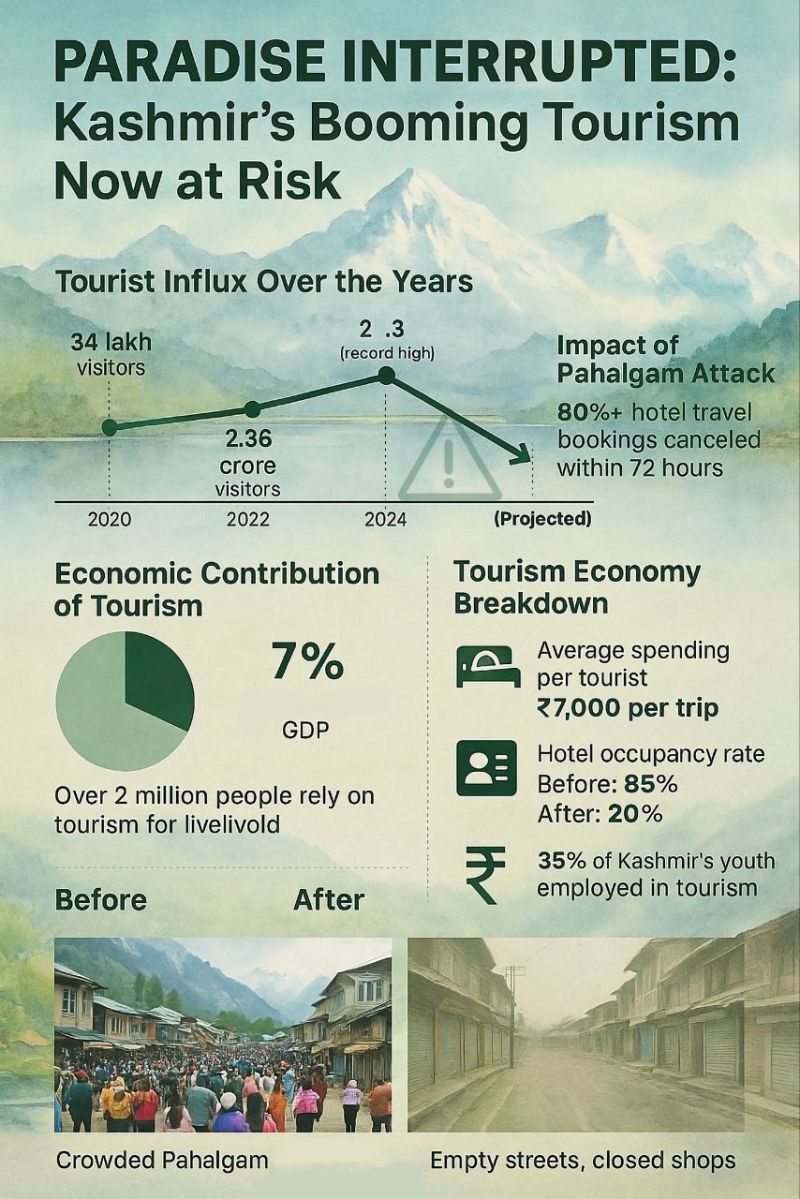
The Reversal of Progress
Prior to the attack, Jammu and Kashmir had been on a path toward greater economic diversification. The region had shown steady economic growth, with its GSDP growing by 7.06% in FY25 and per capita income rising by 10.6%. Start-ups had surged, with a 287% increase in DPIIT-registered ventures since 2020. Unemployment had decreased from 6.7% in 2019-20 to 6.1% in 2023-24. However, these gains are now at risk. With tourism suffering and investor confidence shaken, the prospects of continued economic growth look uncertain.
The broader impacts of the attack also include a potential reversal in external investor interest, which had been growing in recent years. The tourism industry’s revival had sparked optimism among investors, but the attack has undermined this sentiment, raising concerns about the region’s stability.
In 2020, the J&K government under the Lieutenant-Governor had unveiled a tourism policy aiming to:
-
Generate 50,000 jobs annually
-
Attract Rs 2,000 crore in investment each year
In 2024, the newly elected government under Chief Minister Omar Abdullah pledged to raise tourism’s GSDP share from 7% to 15% in five years. But the Pahalgam attack casts a long shadow over these aspirations.
Prime Minister Modi, speaking on his "Mann Ki Baat" radio address, warned, “Terrorists want to destroy Kashmir once again.” He highlighted that just as peace, education, and democratic institutions were returning, this attack was meant to derail progress.
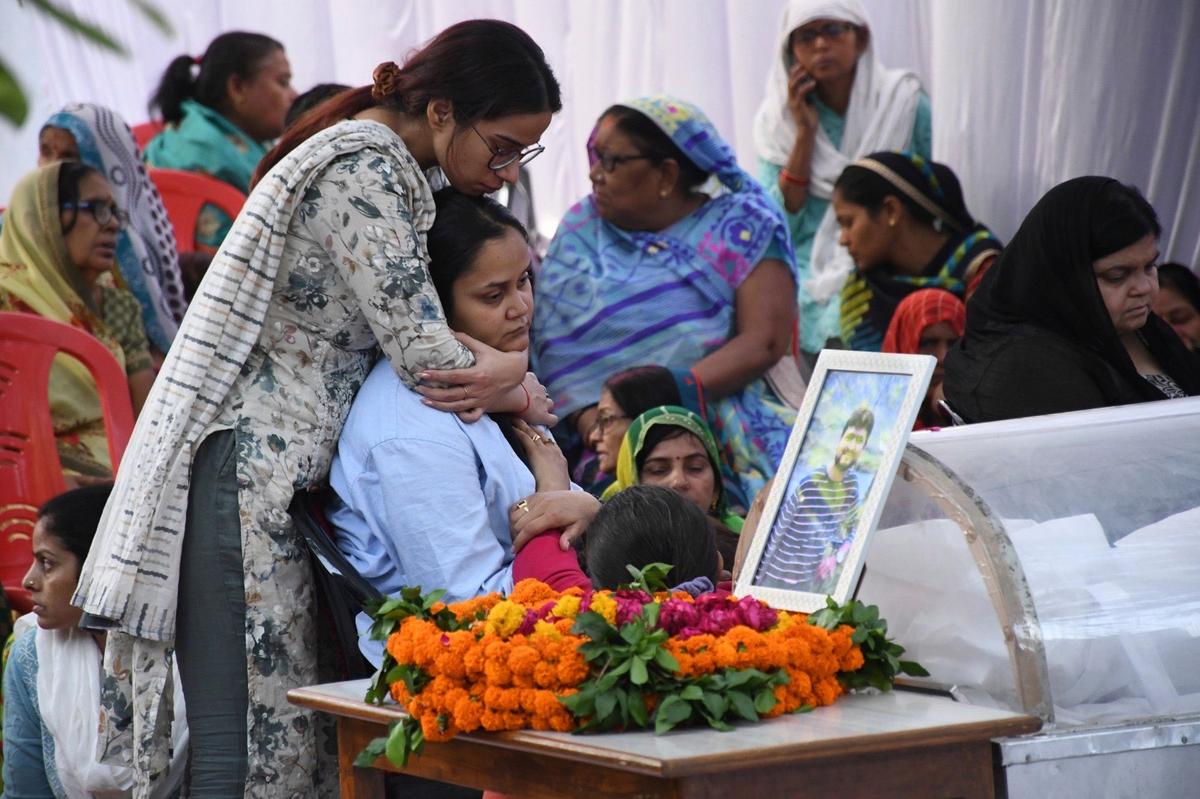
Broader Economic Impact: Beyond Tourism
While tourism undeniably plays a pivotal role in the region's economy, the impact of the Pahalgam attack extends far beyond this sector. Jammu and Kashmir's economy is a complex ecosystem, where sectors such as agriculture, handicrafts, construction, and public spending play foundational roles.
-
Agriculture and Horticulture: The state’s horticulture sector, which contributes significantly to its economy, supports over seven lakh families. If tourism continues to falter, the economic distress will also affect these sectors, as demand for local products like fruits, vegetables, and flowers may drop.
-
Handicrafts and Cottage Industries: Kashmir’s tradition of handicrafts, including Pashmina weaving, carpet making, and wood carving, employs over four lakh individuals. A drop in tourism directly impacts sales of handicrafts, threatening the livelihoods of artisans who depend on tourist demand.
-
Public Sector Employment: With approximately 4.5 lakh government employees and 2.3 lakh pensioners, the public sector in Jammu and Kashmir injects approximately Rs 40,000 crore into the economy annually. However, disruptions in tourism can have a cascading effect on the economy, dampening investor sentiment and curbing government revenues, particularly through indirect taxes like GST.
-
Construction and Infrastructure: Public capital expenditure, estimated at Rs 12,000 crore annually, sustains the construction sector, providing employment to over seven lakh people. A destabilized tourism environment could affect public sector investment and hinder infrastructural development.
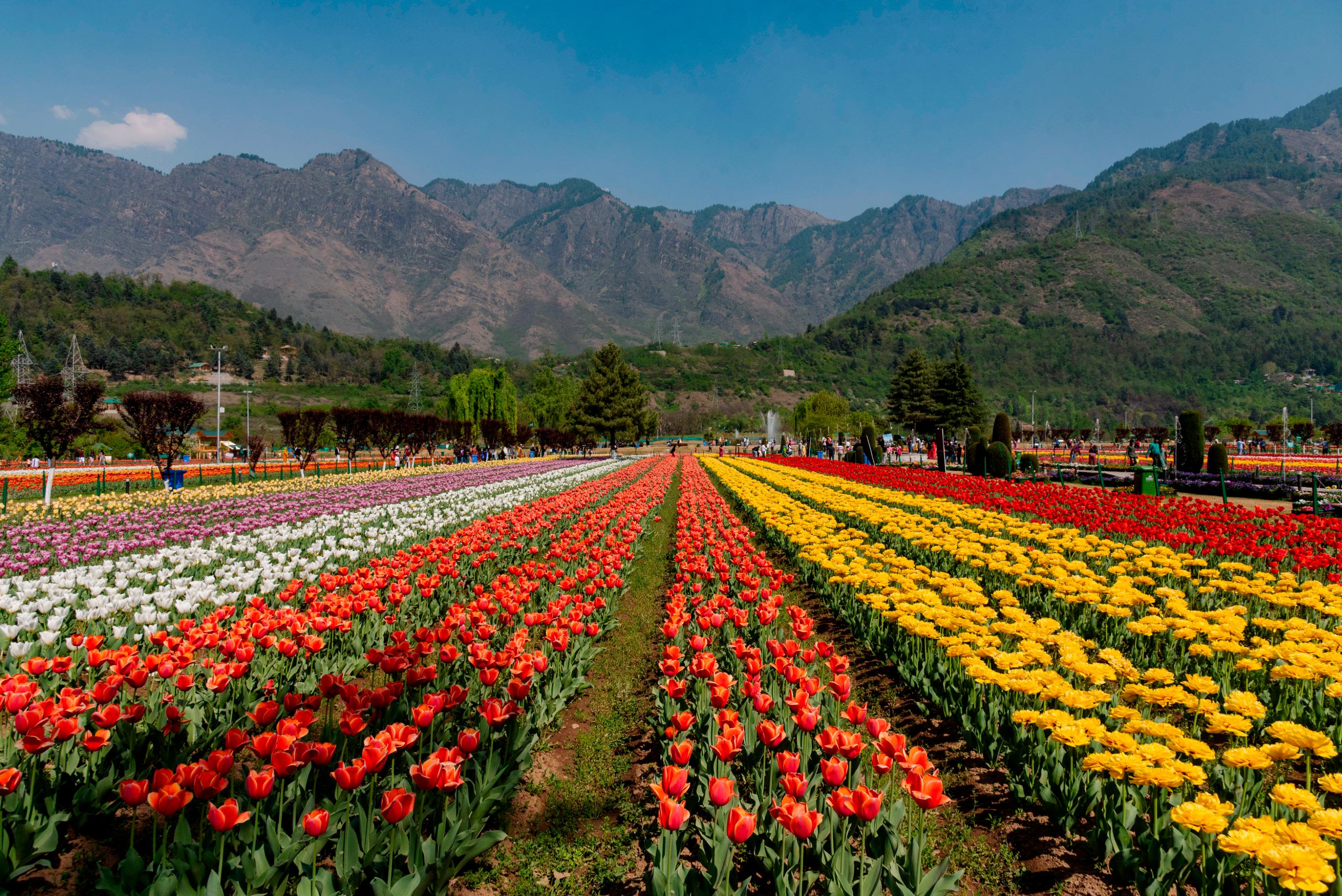
The Psychological Toll and Public Sentiment
The terror attack has not only disrupted the tourism season but also left a profound psychological scar on the region’s residents and its economy. Kashmir had been slowly rebuilding its image as a peaceful tourist destination, especially after a drop in terror-related incidents in recent years. This resurgence in tourism had begun to revitalize various sectors, including retail, handicrafts, and local markets.
However, the attack has fractured the sense of security that had begun to take root. Tourists now fear visiting a region once again marked by violence and unpredictability. The attack has cast doubt on the region's ability to provide a secure environment for visitors and businesses alike. Local communities, particularly those dependent on tourism for their livelihoods, are now facing uncertainty.
The psychological toll is significant. The fear created by such incidents goes beyond the immediate victims. Kashmir, already a conflict zone, now faces a renewed sense of insecurity that could deter future investment, disrupt the growth of start-ups, and affect the confidence of tourists and locals alike.
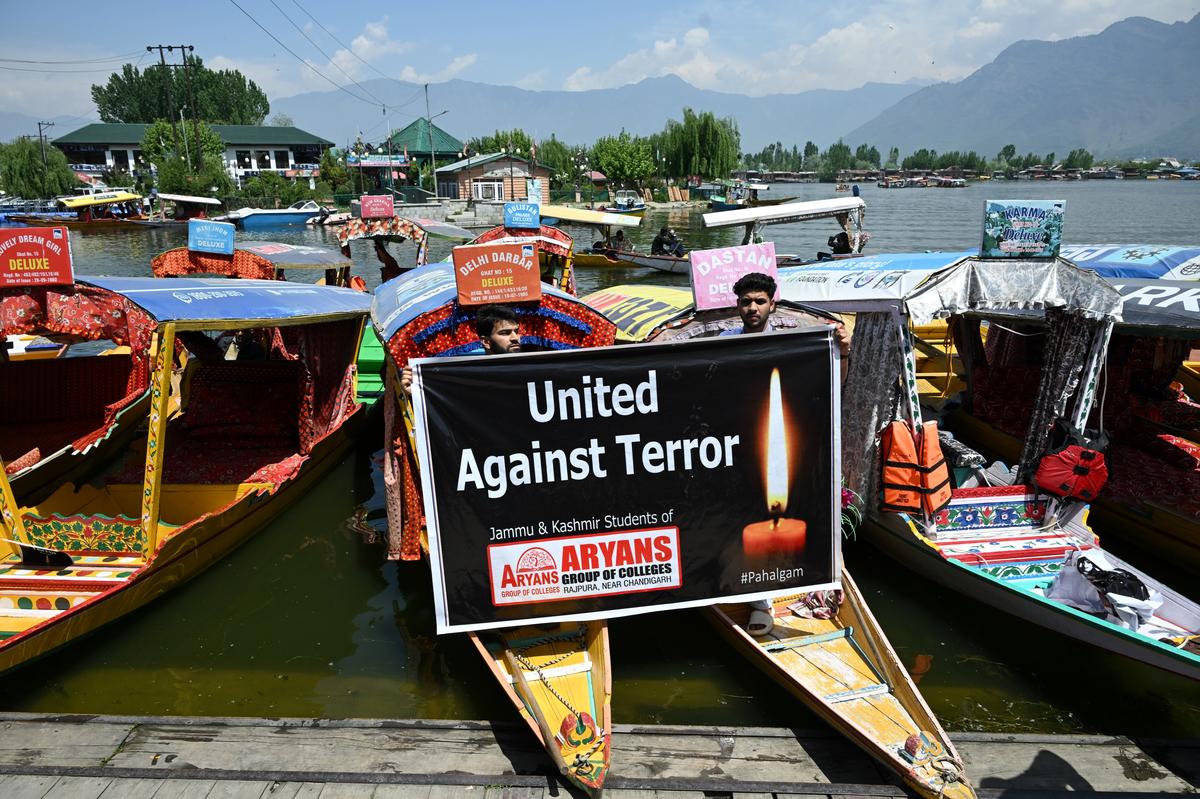
Security and Strategic Concerns
Officials pointed to a concerning trend of advanced weapons recovery from encounter sites, including M-series rifles and armor-piercing bullets — believed to be remnants of NATO stockpiles in Afghanistan. This not only signals increased tactical sophistication but also a shift in terror strategy.
Also worth noting is that a practice previously used in counterterror operations — demolition of houses — has now been paused following requests from the elected J&K government.
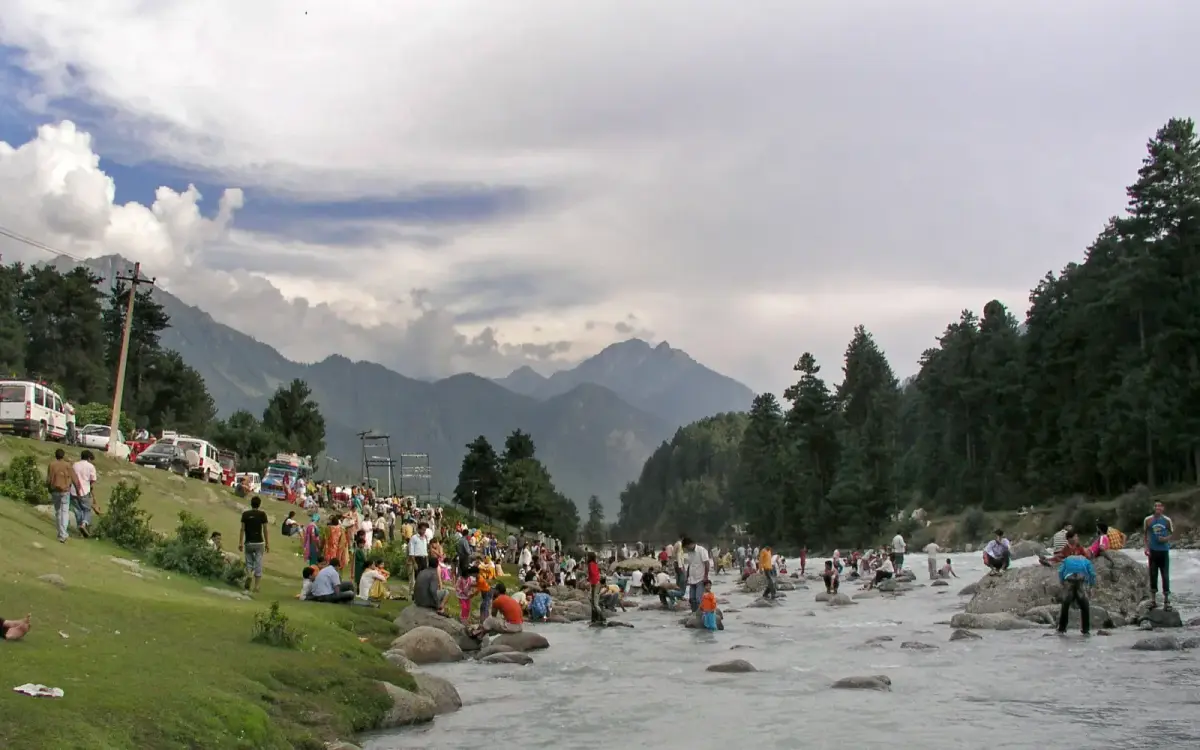
The Path Forward: Economic Resilience and the Need for Stability
The Pahalgam terror attack serves as a stark reminder that enduring economic prosperity in Jammu and Kashmir requires more than just a growing tourism sector. For long-term growth, the region must foster an environment of peace, security, and political stability.
-
Strengthening Local Economies: Efforts should focus on developing sectors like agriculture, handicrafts, and public sector employment to reduce dependence on tourism. While tourism remains an important contributor, diversifying economic activities is essential for long-term resilience.
-
Restoring Investor Confidence: It is crucial for the government to ensure the safety of residents and visitors alike. Clear, consistent messaging around security and safety will be key in restoring investor confidence and helping businesses in tourism and other sectors recover.
-
Inclusive Governance and Peacebuilding: Lasting economic growth can only be achieved when peace and stability are prioritized. Kashmir’s economy must be viewed as a whole, with a balanced approach to development that includes the active participation of local communities, robust governance structures, and a commitment to social harmony.
The Pahalgam terror attack has left a deep scar on Jammu and Kashmir, disrupting not just the tourism sector but the very fabric of its economy. The immediate fallout, including widespread cancellations and job losses, has compounded the already fragile economic situation. Yet, while tourism is the most visible casualty, the effects of such violence ripple through every part of the economy, from agriculture to handicrafts to construction.
In order for Jammu and Kashmir to move forward, it will need more than just economic policies or tourism strategies—it needs peace, security, and stability. Only with these foundations in place can the region hope to restore its economic growth and provide a secure future for its people.
Views expressed in the above piece are personal and solely those of the author. They do not necessarily reflect Vygr’s views.
With inputs from agencies
Image Source: Multiple agencies
© Copyright 2025. All Rights Reserved Powered by Vygr Media.

